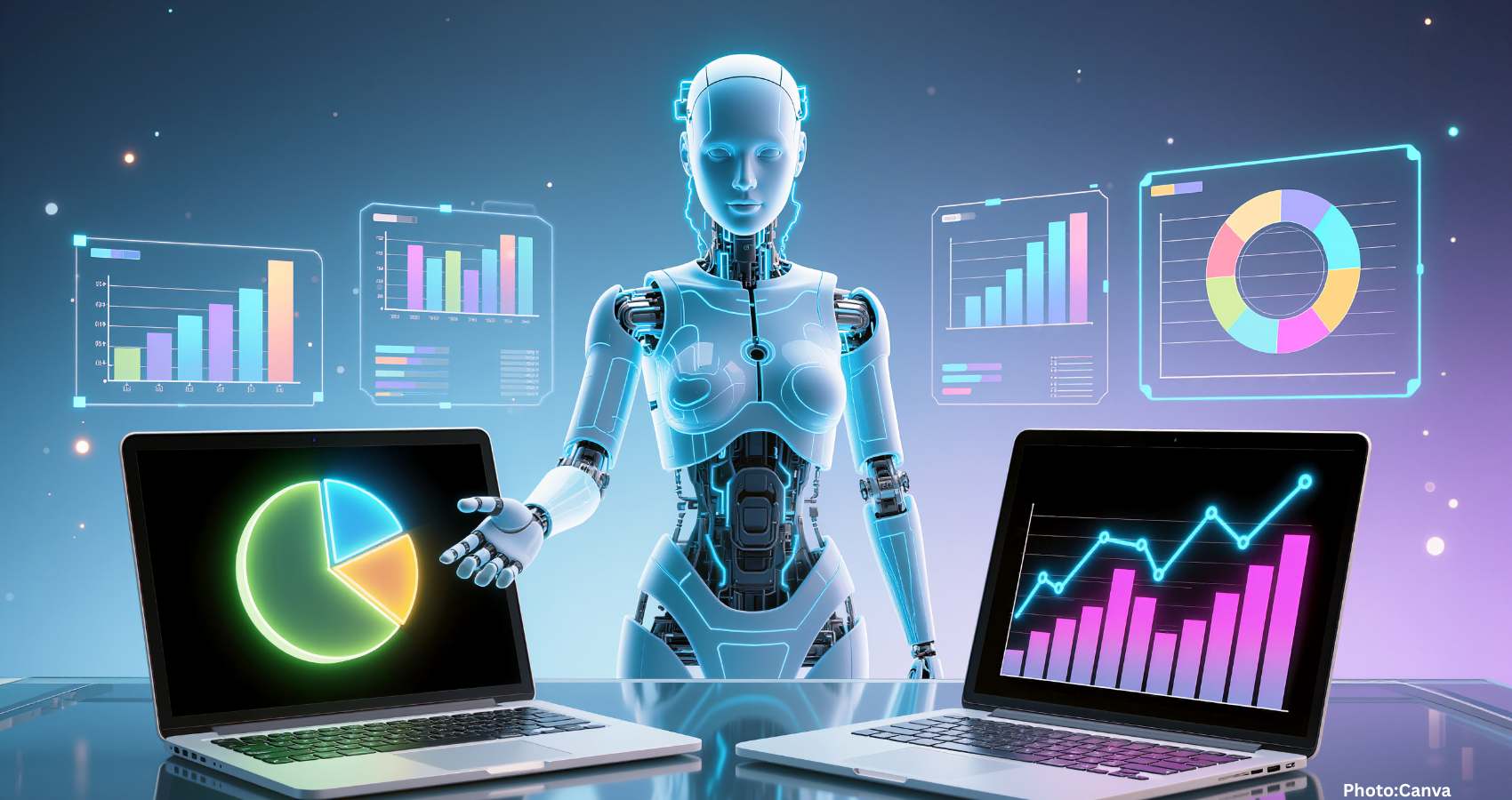Google is leveraging artificial intelligence to decode dolphin communication, aiming to facilitate human interaction with these intelligent marine mammals.
Google is embarking on an ambitious project to decode the complex communication of dolphins using artificial intelligence (AI). The ultimate goal is to enable humans to converse with these highly intelligent creatures.
Dolphins have long been celebrated for their intelligence, emotional depth, and social interactions with humans. In collaboration with researchers from the Georgia Institute of Technology and the Wild Dolphin Project (WDP), a Florida-based non-profit that has dedicated over 40 years to studying dolphin sounds, Google is developing a new AI model named DolphinGemma.
The WDP has been instrumental in correlating various dolphin vocalizations with specific behavioral contexts. For example, signature whistles are often utilized by mothers to reunite with their calves, while burst pulse “squawks” are typically observed during aggressive encounters among dolphins. Additionally, “click” sounds are frequently used during courtship or when dolphins are chasing sharks, as noted in a Google blog post about the initiative.
DolphinGemma builds upon Google’s existing lightweight AI model, Gemma, and has been trained to analyze the extensive library of recordings amassed by the WDP. This model aims to detect patterns, structures, and even potential meanings behind dolphin vocalizations. Over time, DolphinGemma will categorize these sounds, akin to words, sentences, or expressions in human language.
According to Google, the model’s ability to identify recurring sound patterns and reliable sequences could reveal hidden structures and meanings within dolphins’ natural communication. This task, which previously required significant human effort, could be streamlined through the use of AI.
“Eventually, these patterns, augmented with synthetic sounds created by the researchers to refer to objects with which the dolphins like to play, may establish a shared vocabulary with the dolphins for interactive communication,” the blog post elaborates.
DolphinGemma employs audio recording technology from Google’s Pixel phones, which is capable of producing clean, high-quality recordings of dolphin vocalizations. This technology can effectively isolate dolphin clicks and whistles from background noise, such as waves, boat engines, or underwater static. Clear audio is essential for AI models like DolphinGemma, as noisy data can hinder the model’s ability to learn and interpret sounds accurately.
Google plans to release DolphinGemma as an open model this summer, allowing researchers worldwide to utilize and adapt it for their own studies. While the model is currently trained on Atlantic spotted dolphins, it has the potential to assist in the study of other dolphin species, such as bottlenose or spinner dolphins, with some adjustments.
“By providing tools like DolphinGemma, we hope to give researchers worldwide the means to mine their own acoustic datasets, accelerate the search for patterns, and collectively deepen our understanding of these intelligent marine mammals,” the blog post concludes.
Source: Original article

